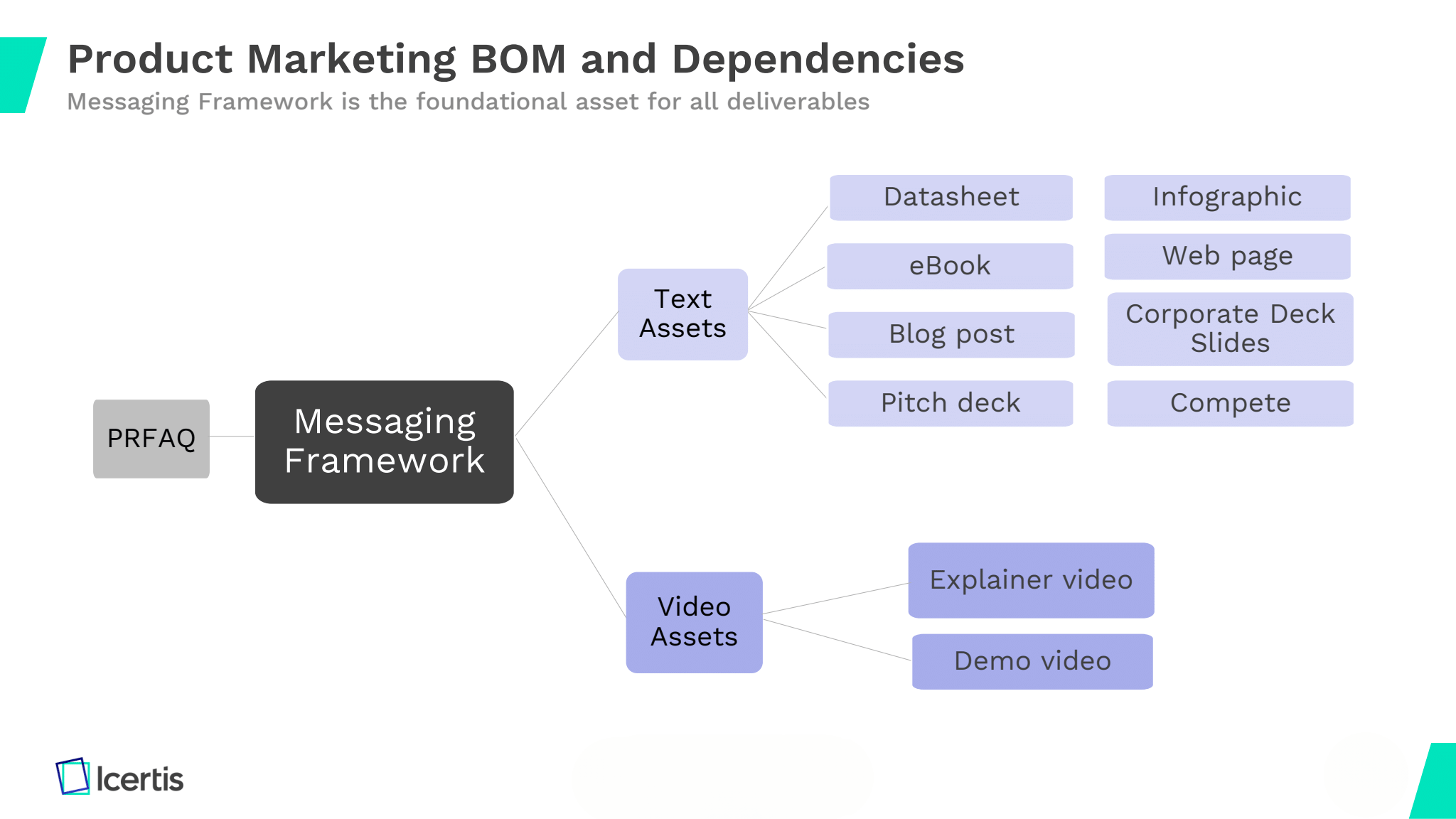
The world is moving at an incredible pace, and nowhere is that more apparent than in the adoption of new technology.
It took Netflix ten and a half years to reach 100 million users and Facebook four and a half years to get to 300 million users. But ChatGPT hit 100 million users in less than two and a half months. That’s the pace we’re moving at right now.
With this incredible pace of change, product marketers need to adapt or risk being left behind. That’s what we’ll be talking about in this article. We’ll dive into how generative AI can help you scale your content creation with some top-level lessons and examples from my own experience at Icertis.
The new rules of the game
Every discussion about AI is infused with this angst about jobs, but as Jensen Huang, the CEO of Nvidia, says:
“You’re not going to lose your job to an AI, but you’re going to lose your job to someone who uses AI.”
Now, that might sound pessimistic. However, I believe it’s actually a super optimistic take; your destiny is in your hands. You just have to take charge.
My advice is not to procrastinate. Don’t wait for the right time, the right project, or the right opportunity. Go experiment with AI right now. Try to spend at least three hours a week on this. You can listen to a podcast, read an article, or just play with a generative AI tool. The most important thing is to do something.
And remember, you don’t have to dive into AI alone. There’s a huge amount of power in experimenting and learning alongside your peers. You could even form an internal group to keep up to date with new developments. There’s never been a better time; after all, your leaders are looking for answers.
For expert advice like this straight to your inbox every Friday, sign up for Pro+ membership.
You’ll also get access to 30+ certifications, a complimentary Summit ticket, and 130+ tried-and-true product marketing templates.
So, what are you waiting for?
The product marketing bill of materials
Before we get into the specific examples of how we’re using AI to scale content creation at Icertis, let’s look at how we develop our bill of materials for a new product or campaign.
First, the product team provides us with the PR/FAQ (press release and frequently asked questions), while product marketing focuses on one document: the messaging framework. Nothing moves forward without it. From this single source of truth, we create all of our assets, including:
- Text assets: Data sheets, eBooks, blog posts, pitch decks, infographics, web pages, corporate slide decks, and competitive materials.
- Video assets: Product explainer videos and demo videos.

When we started this journey, our idea was to build the messaging framework ourselves and then use generative AI for all the assets that come after.
However, we realized there was a huge opportunity to leverage AI even for the messaging framework itself. While generative AI may not know about your product, it does know about your industry, your audience, and purchase triggers, so you can use it to build parts of your framework.
Scaling content for industries and personas
A challenge faced by a lot of product marketing teams is that we go to market by industry. Plus, we have to tailor our messaging to different buyer personas. So, for every single deliverable you create, you have to multiply it by the number of industries and personas you target.
At Icertis, that means creating up to 120 versions of each asset. Historically, we would just ignore this and maybe create two. But with generative AI, we can be a lot more effective and targeted.
Example: Creating data sheets at scale
Let’s dig into an example. I’m going to break down how we use AI to create data sheets at scale, cutting the time it would take to create them manually by 60 to 70%.


